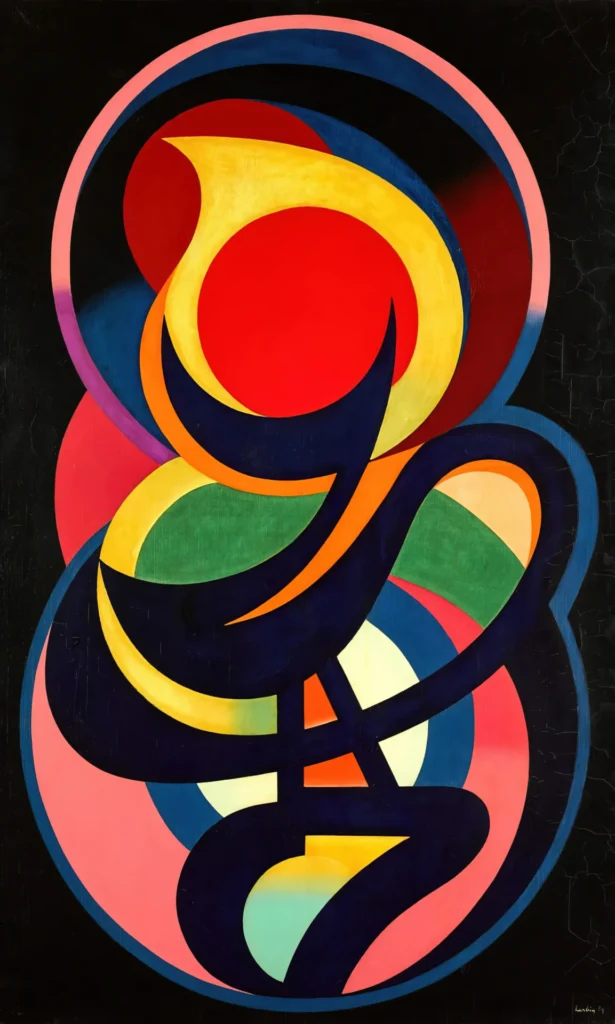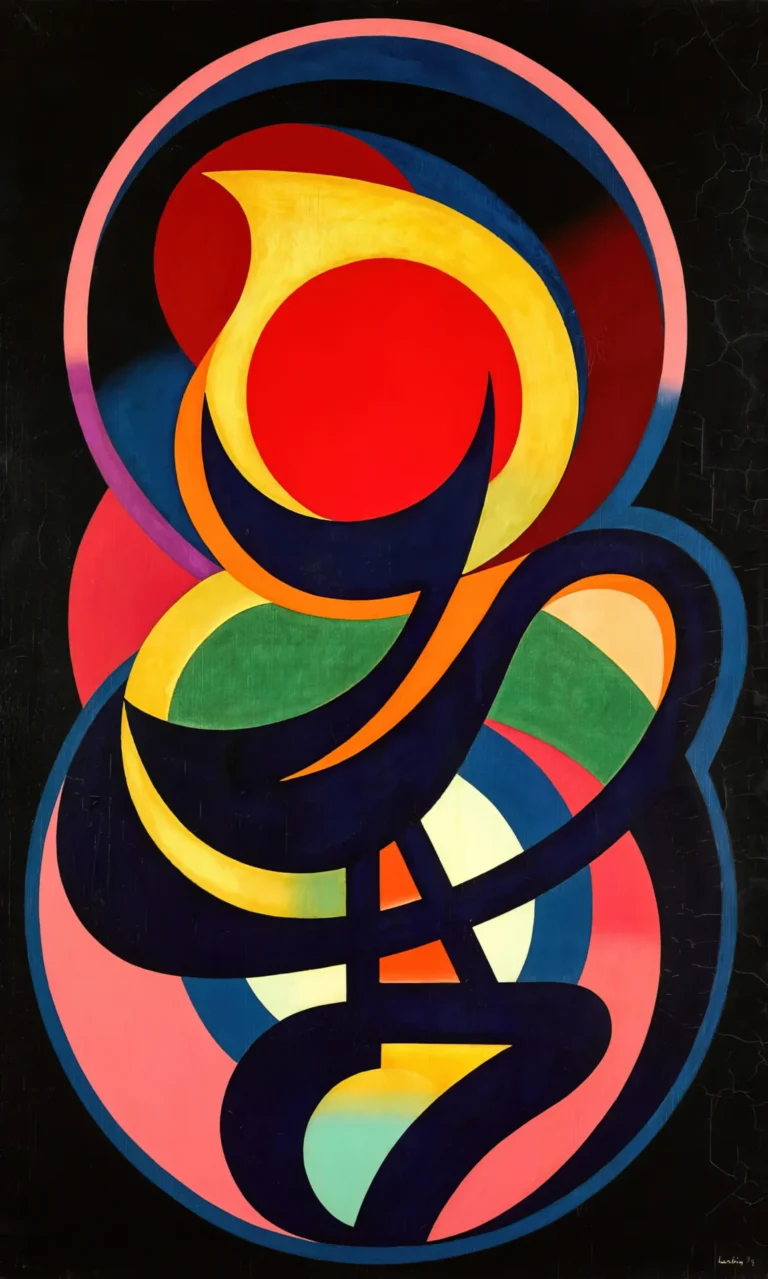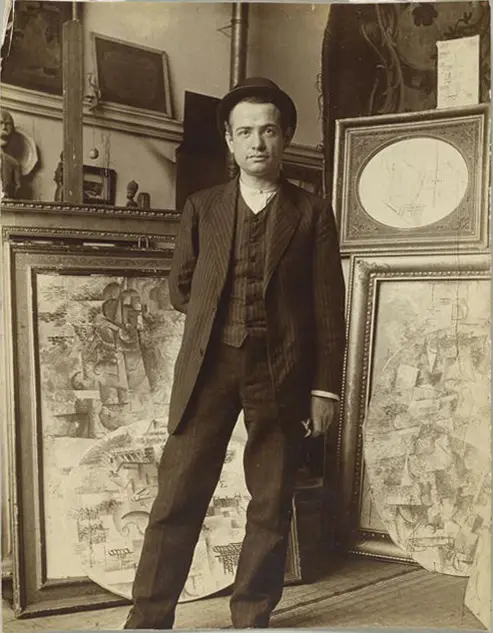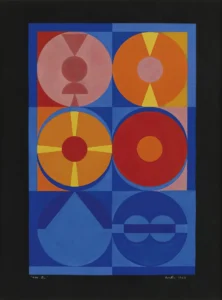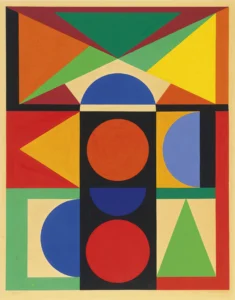Synchromie En Noir (1939)
Created in 1939, Synchromie En Noir by Auguste Herbin features a dynamic interplay of geometric forms and a striking palette dominated by shades of black. This work exemplifies Herbin's commitment to the abstract movement, showcasing his innovative approach to color and spatial composition. The piece highlights a pivotal period in modern art, where the use of color became a powerful means of expression.
1939
About the Artwork
The painting Synchromie En Noir by Auguste Herbin is a significant testament to the evolution of modern abstraction in the late 1930s. Herbin, known for his vibrant use of color and geometric abstraction, distills the essence of form into a sophisticated interplay of black hues and shapes. As artists began to move away from representational art, Herbin's work emerged as a pivotal contribution to the abstract movement, placing an emphasis on the emotional power of color and form. The painting's title, translating to "Synchrony in Black," encapsulates the harmony he sought to create through visual abstraction, challenging traditional perceptions of art. Herbin's signature on the canvas further authenticates this important piece, which stands as an exhibit of his innovative contributions to the art world, resonating with contemporary audiences.
Did You Know
Auguste Herbin was significantly influenced by the Cubist movement, which deeply reflects in his abstract works. His approach to geometric forms and color was rooted in the foundations laid by artists like Picasso and Braque.
Herbin is well-regarded as a pioneer in the field of pure color abstraction. He was part of the group known as ‘Synchromy,’ where artists explored the relationship between color and form, culminating in artworks that prioritized visual sensation.
Despite facing challenges during his career, Herbin’s work has gained recognition in recent years. His contributions to modern art have left a lasting impact, inspiring new generations of abstract artists.




